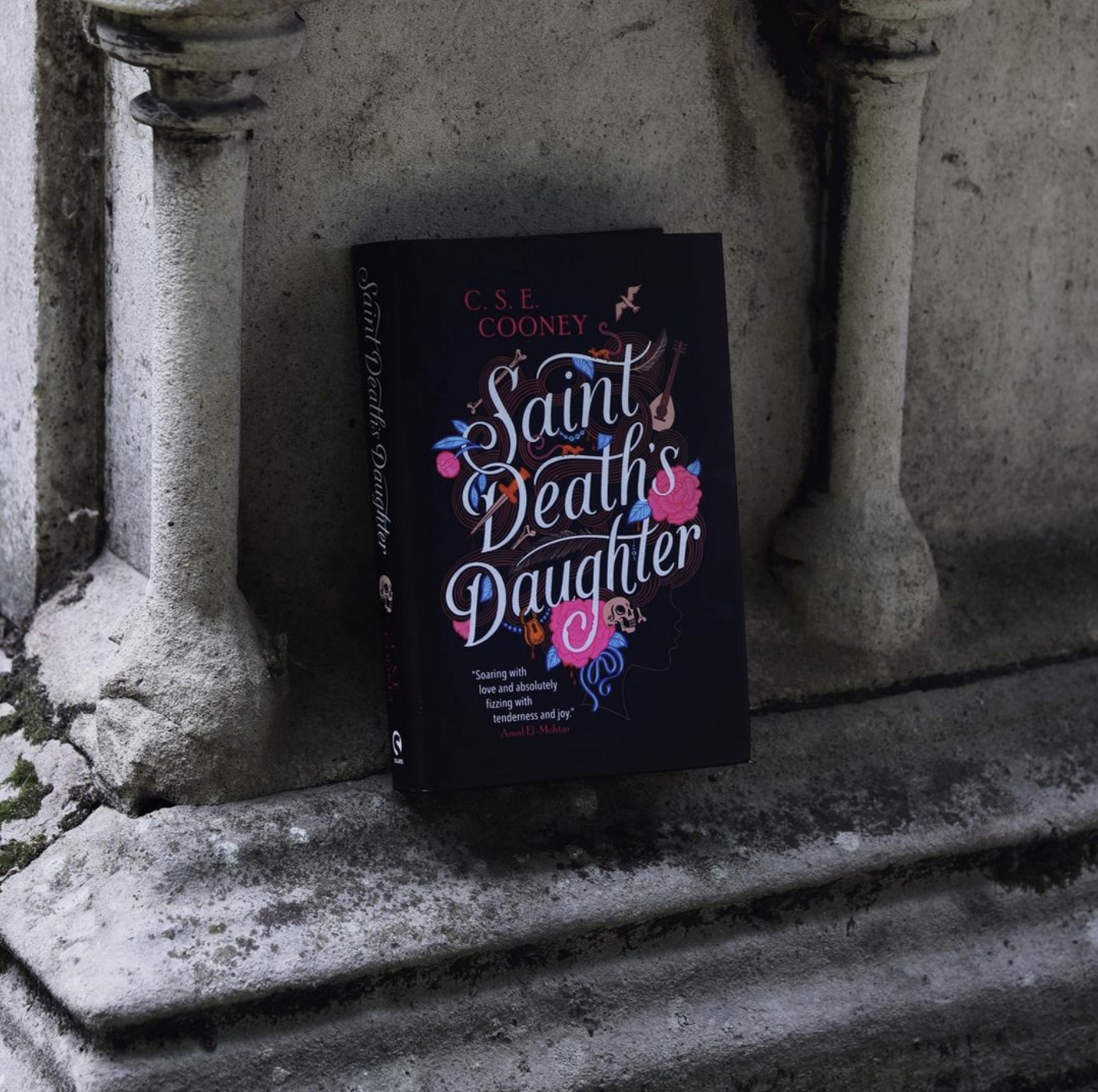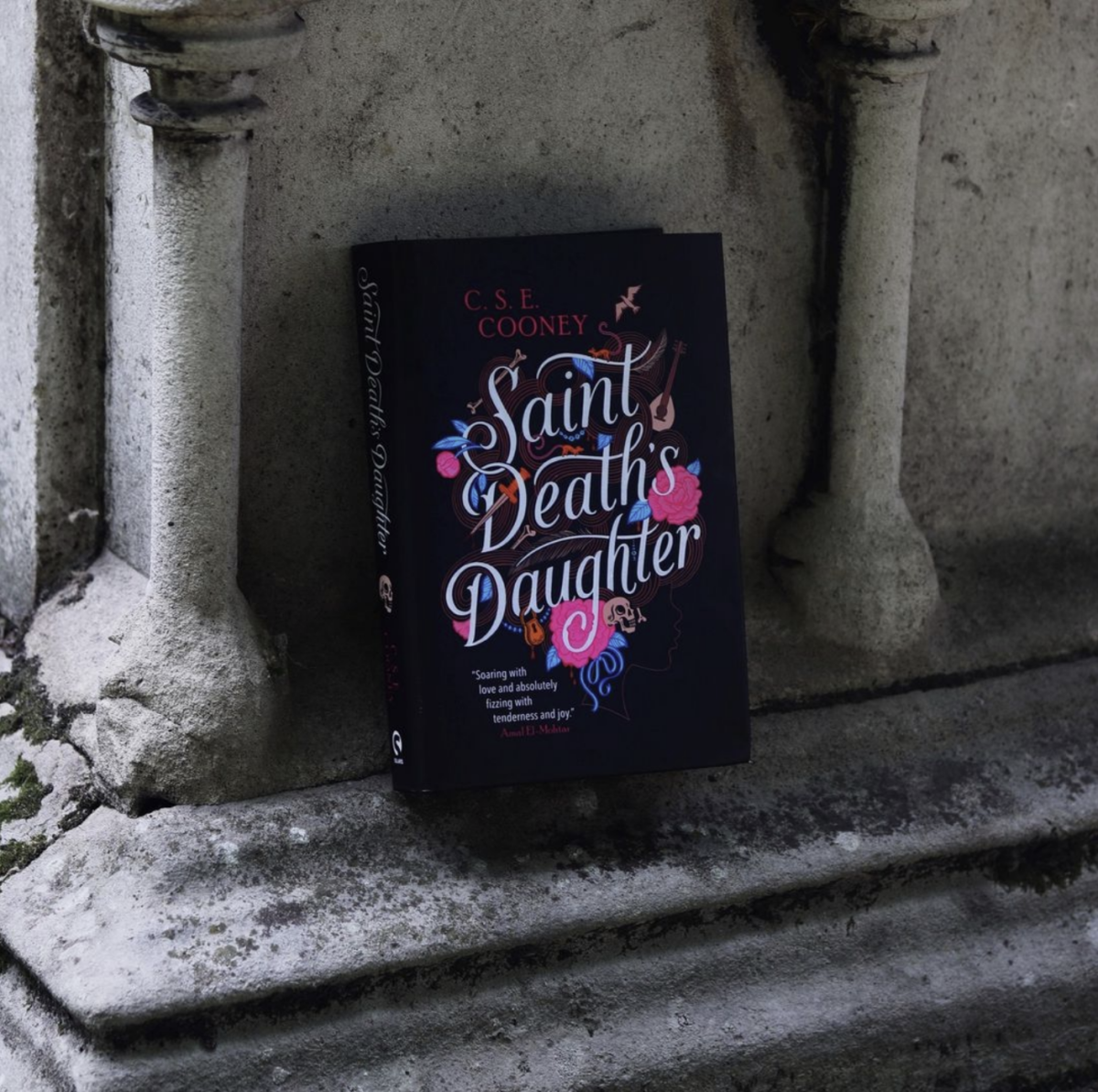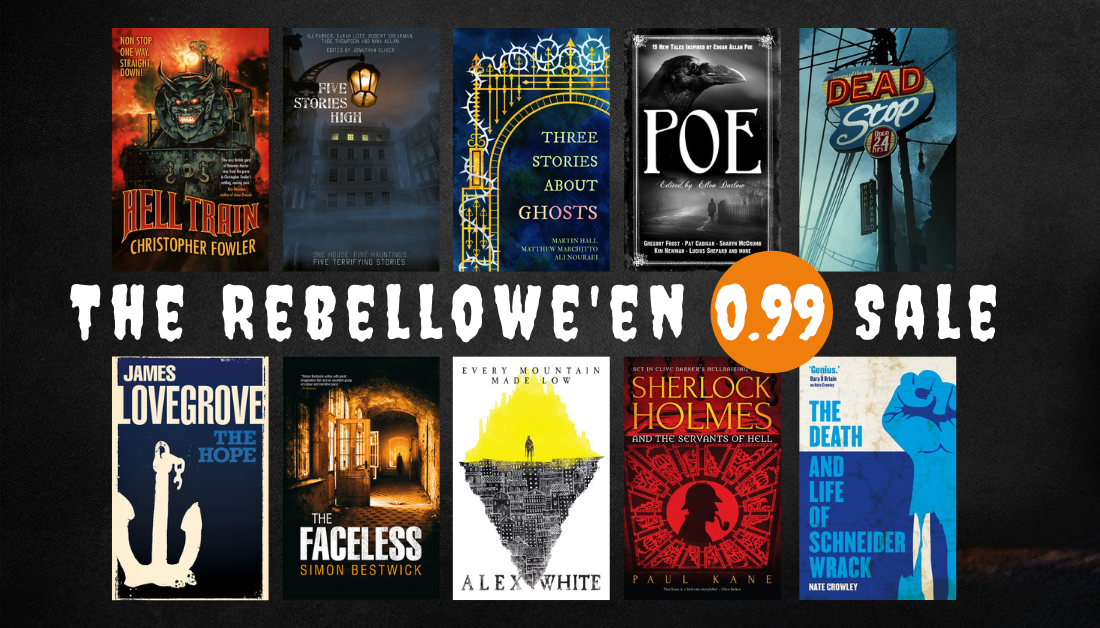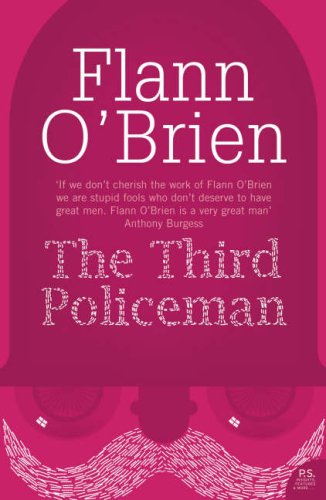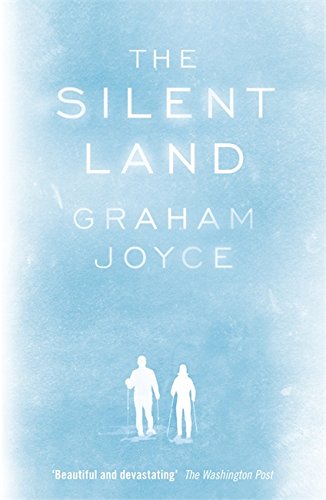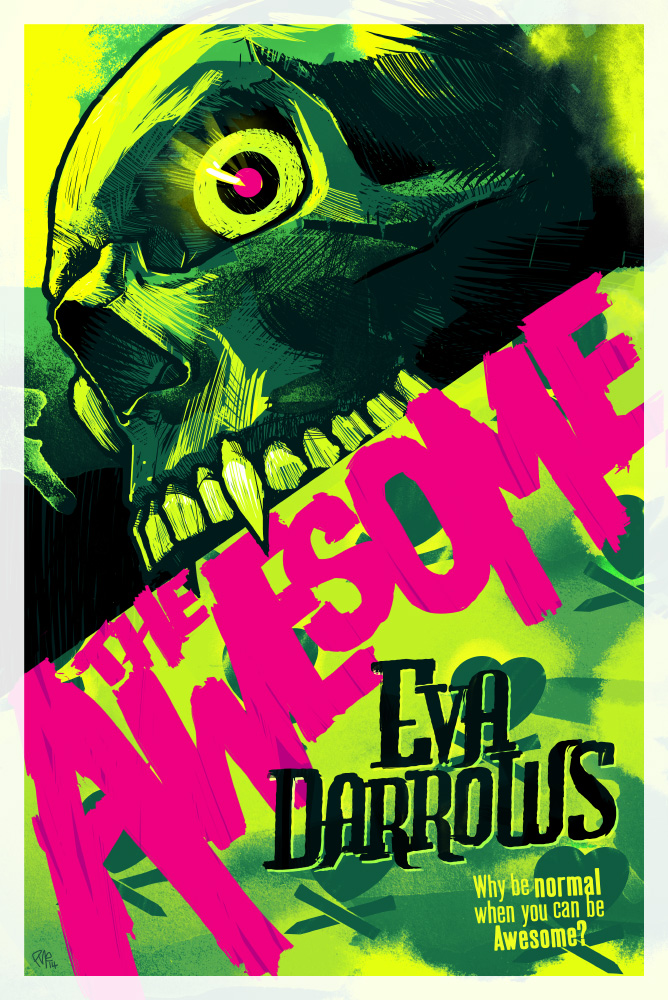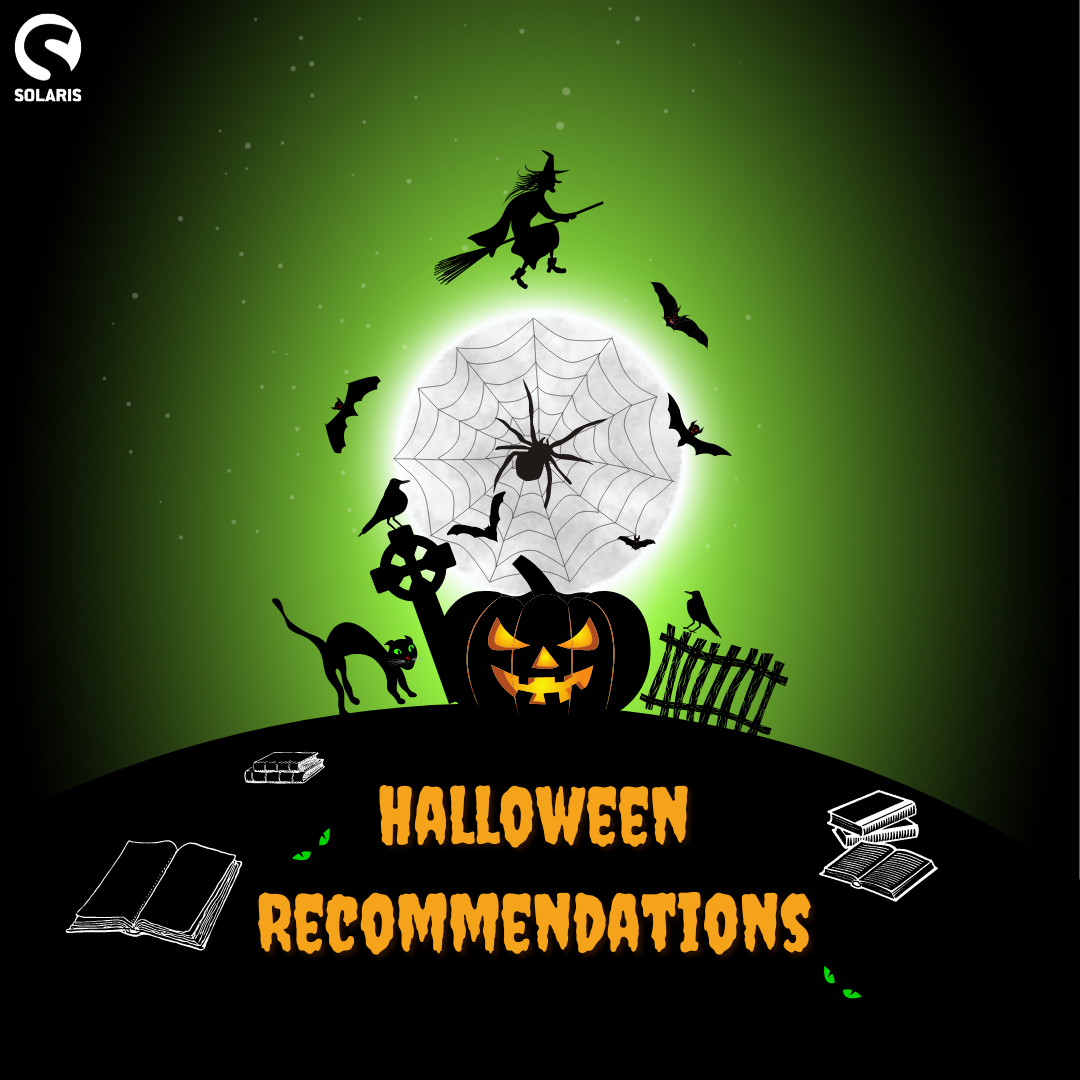
It’s spooky season, and spooky season means spooky books! Here’s what the Rebellion team recommends you try this Halloween…

Amy Borsuk, Editor | Bunny by Mona Awad
You wouldn’t know it from the name, or the bright pink-orange book cover, but Bunny is as fun as it is spooky. A satire of books like The Secret History and with the similar feminist attitude of Mean Girls, Bunny follows MFA student Samantha as she navigates her way through the cult-like clique of rich white women on her programme – but not before she gets sucked into it herself. What follows is an eerie tangle of actual cultist rituals including bunny sacrifices and axe-murdering, women friendships with no boundaries or individuality, and lots of drugs. Eventually Sam doesn’t know what’s real and what’s not, nor how she can escape their clutches. It’s a fun, fast, and easy read. For once I saw the twist coming, but I still enjoyed the ride!
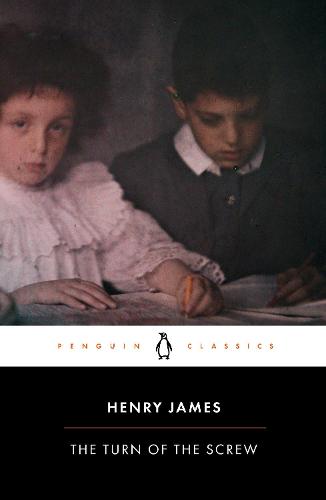
Ben Smith, Head of Film, TV & Publishing | The Turn of the Screw by Henry James
A ghost watching from the end of the garden, an unsettling and precocious child who knows more than they should, an untrustworthy narrator. All these ingredients and more were mixed together by the most unlikely source in the nineteenth century. Penned, not by a writer of grand guignol like Edgar Alan Poe, nor an adventure writer like Robert Louis Stevenson, but by Henry James, an American Anglophile whose novels of manners featuring wealthy Americans in Europe were investigations into the consciousness of his characters. And the novella, unlike any major work he wrote before or after, was The Turn of the Screw. Distilling decades of preoccupation about how what one feels inside can be at odds with what is happening around us, James created an inexperienced governess at sea in a house of hidden histories, obsessions and malicious spirits. On first read the novel terrifies, as we feel for the governess. The second time around however, you start to worry about everything she does.

Casey Davoren, Senior Digital Marketing & Social Media Executive | Bleeding Violet by Dia Reeves
Bleeding Violet is about a girl named Hanna who is a little . . . crazy. Certifiably. Which makes this a unique perspective on the teenage mind. I’m still a sucker for the girl meets boy at school and something is different about him and/or where they live trope. I thought this was going to be one of those, but it wasn’t. Hanna is eccentric, like a stray flower floating through the air. She meets Wyatt who likes her, no matter her manic depression and hallucinations, and because of those hallucinations, the monsters, creatures, and creepy-crawlies of Portero, TX are nothing new. In fact, they’re exciting because they’re actually real.

Chiara Mestieri, Editorial Assistant | Rosemary’s Baby by Ira Levin
The ultimate ‘trust no one’ novel, Rosemary’s Baby builds a chilling, claustrophobic narrative in which the mystery unravels alongside the mind of its protagonist, and the spread of horror seems inescapable; not confined to a manor house in the woods, but infiltrating every corner of the city, hiding behind every friendly face. What’s terrifying about it is not the idea of an unspeakable, supernatural evil waiting in the wings, but the fact that it is ushered in by very real people. It’s a clever dissection of society at a fractured time, and a deeply unsettling read.
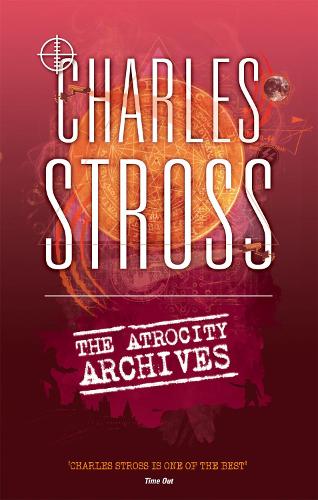
David Moore, Editor | The Atrocity Archives by Charles Stross
The Laundry books worked their way around my friends for quite a while before I finally settled down to reading them (I actually GMed my first Laundry Files roleplaying game before I read my first Laundry book), but when I did I was hooked. Smart, funny, geeky, weird, and profoundly British (in a way that absolutely engages with our flaws as a culture), The Atrocity Archives is equal parts cosmic horror, office comedy and espionage novel. Bob is a bit of a cypher – a harried office worker/computer nerd with a fairly neutral voice – but that serves him well as a first-person narrator, allowing the wealth of brilliant supporting characters to shine through. The book cracks along at a good pace, the world’s brilliantly inventive, the story’s engaging, and this first novel especially is deeply unsettling (with content warnings especially for references to the Holocaust). Great stuff.
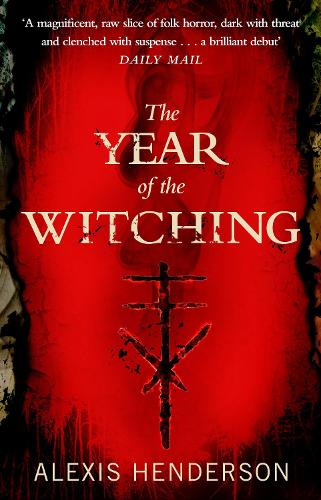
Gemma Sheldrake, Graphic Designer | The Year of the Witching by Alexis Henderson
I recently just finished this brilliant folk horror about a young woman in a deeply religious society who discovers she has dark powers. She must combat the evil lure of the surrounding forest and the Holy Protocol to protect herself and stop the encroaching curses. It’s got strong vibes of The VVitch and The Handmaid’s Tale and is brimming with creeping suspense. Perfect for this season!
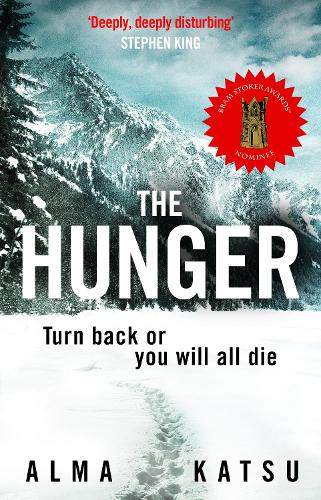
Jess Gofton, PR and Marketing Manager – Fiction and Non Fiction | The Hunger by Alma Katsu
Historical reimaginings can be hit-or-miss for me, especially when the true story they’re dealing with is already dark, but Katsu’s horror retelling of the Donner Party captivated me and encouraged me to learn more about the very real history. While The Hunger is nothing ground-breaking as far as horror goes—a group of people slowly turning on one another as some kind of supernatural force starts picking them off one by one is well-trodden ground—her characters are so well drawn that I spent the whole book on the edge of my seat. The audiobook narrated by Kirsten Potter is a fantastic listen as the nights draw in!
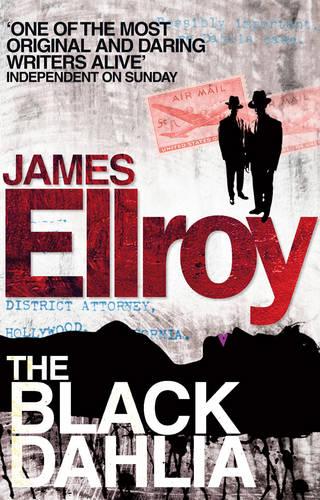
Matt Smith, Editor | The Black Dahlia by James Ellroy
The Black Dahlia isn’t horror in the traditional sense but is one of the most haunting books I’ve ever read, and it was my gateway into Ellroy’s obsessional, dark crime novels. A young woman’s mutilated body is discovered dumped in 1950s Los Angeles, and it kickstarts an investigation that will consume the young cop who delves into the life of the victim, Elizabeth Short. Ellroy’s own mother was murdered when he was a kid, and found in similar circumstances, so that feeds into the driven, confessional narrative, and the tragic spirit of Beth Short stays with you long after the final page.
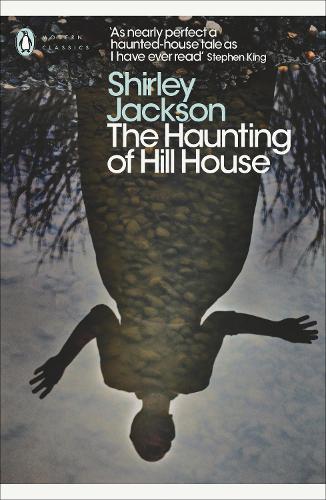
Michael Molcher, 2000AD Brand Manager | The Haunting of Hill House by Shirley Jackson
Yes, it’s the classic haunted house novel, but some would say it is also the greatest. I would be one of them. Jackson’s work isn’t just scary, it’s profoundly unsettling; it stays with you long after you’ve finished reading, because the book isn’t really about the ghosts that haunt the house, but the ghosts that haunt its temporary occupants. And, ultimately, its opening paragraph remains one of the best first pages that English literature has ever produced.
